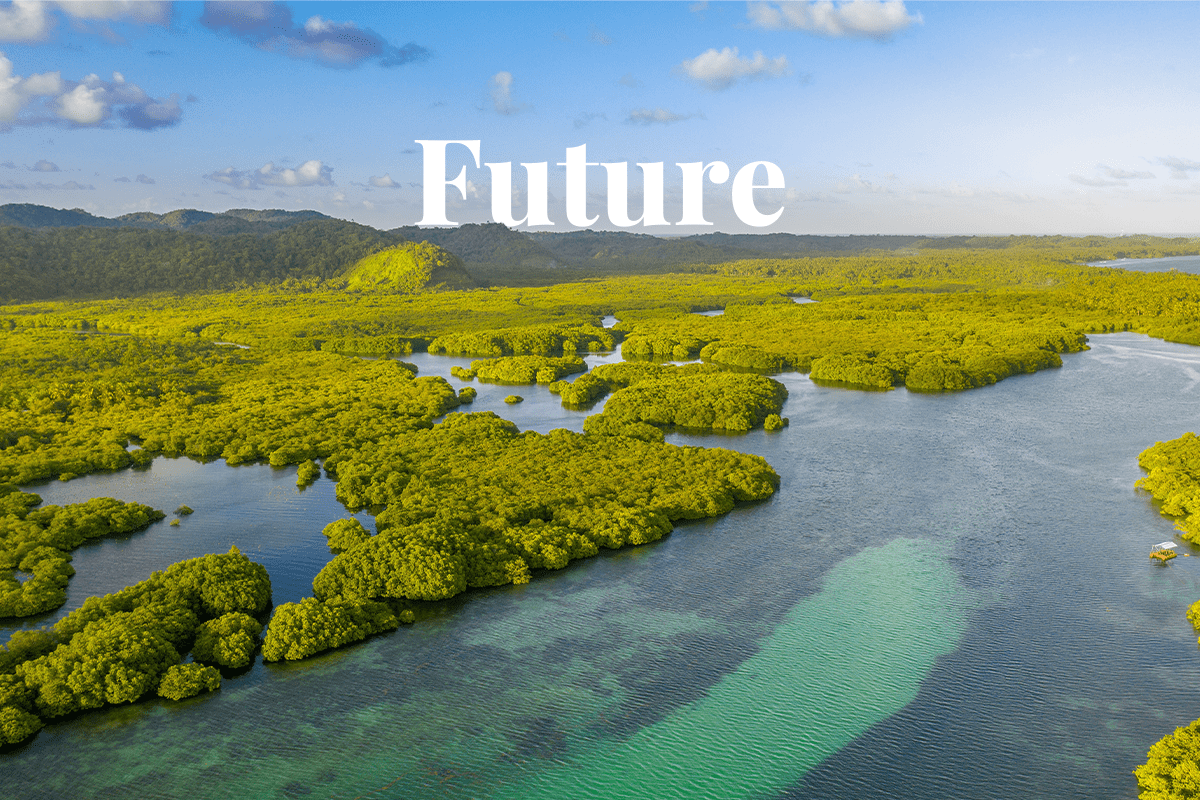The Amazon Rainforest, renowned as the world's ‘lungs,’ is undergoing a significant transformation. It faces concerns over its contribution to carbon emissions due to deforestation and wildfires. Questions have been raised regarding the Amazon's vulnerability to rising carbon dioxide levels and the potential tipping point towards becoming a climate polluter.
 Aerial drone view of Amazon Negro River, Brazil.
Aerial drone view of Amazon Negro River, Brazil.
In a groundbreaking endeavour named AmazonFACE, Brazil is conducting an ambitious experiment to address these uncertainties. The project involves the deployment of towers that spray carbon dioxide into a specific area of the rainforest. Among the six towers, three emit carbon dioxide, while the remaining three function as controls with no emissions. This real-time laboratory approach allows scientists to study the effects various climatic contexts
Read more: Deforestation in the Brazilian Amazon hits lowest level since 2019
The British government has recently announced funding for the AmazonFACE experiment, highlighting its significance. The project utilizes Free Air CO2 Enrichment (FACE) technology, initially researched by the US government in the 1970s and further developed by the Brookhaven National Laboratory for agricultural purposes. Although FACE experiments have been conducted in locations such as Duke Forest and Nevada desert in the US, this marks the first attempt to apply the technique in the Amazon rainforest.
The primary objective of AmazonFACE is to assess how plants respond to elevated carbon dioxide levels and determine whether the rainforest may reach a tipping point, transitioning from a vital carbon sink to a significant carbon polluter. Furthermore, the experiment aims to provide valuable insights into potential strategies for mitigating the adverse effects of climatic instability.
Read more: Deforestation in the Amazon Rainforest: causes, effects, solutions
David Lapola, a prominent scientist involved in AmazonFACE, explained, ‘Plants absorb carbon dioxide along with water and light to produce sugars and release oxygen. What happens when one increases this input? We don’t know.’ AmazonFACE seeks to explore thie resilience of the Rainforest to the new environmental conditions. The experiment aims to shed light on the rainforest's adaptive capacity and its ability to withstand future challenges.
The implementation of nature-based solutions provides a promising avenue for carbon capture. At DGB Group we are fully dedicated to contributing to these solutions on a significant scale. By fostering collaboration among governments, NGOs, and communities, we are confident in our ability to create a substantial impact in combatting deforestation and safeguarding our planet's invaluable natural resources for the benefit of future generations. Together, we can strive towards a more sustainable and resilient future.
Contact us to start your journey for a greener tomorrow

